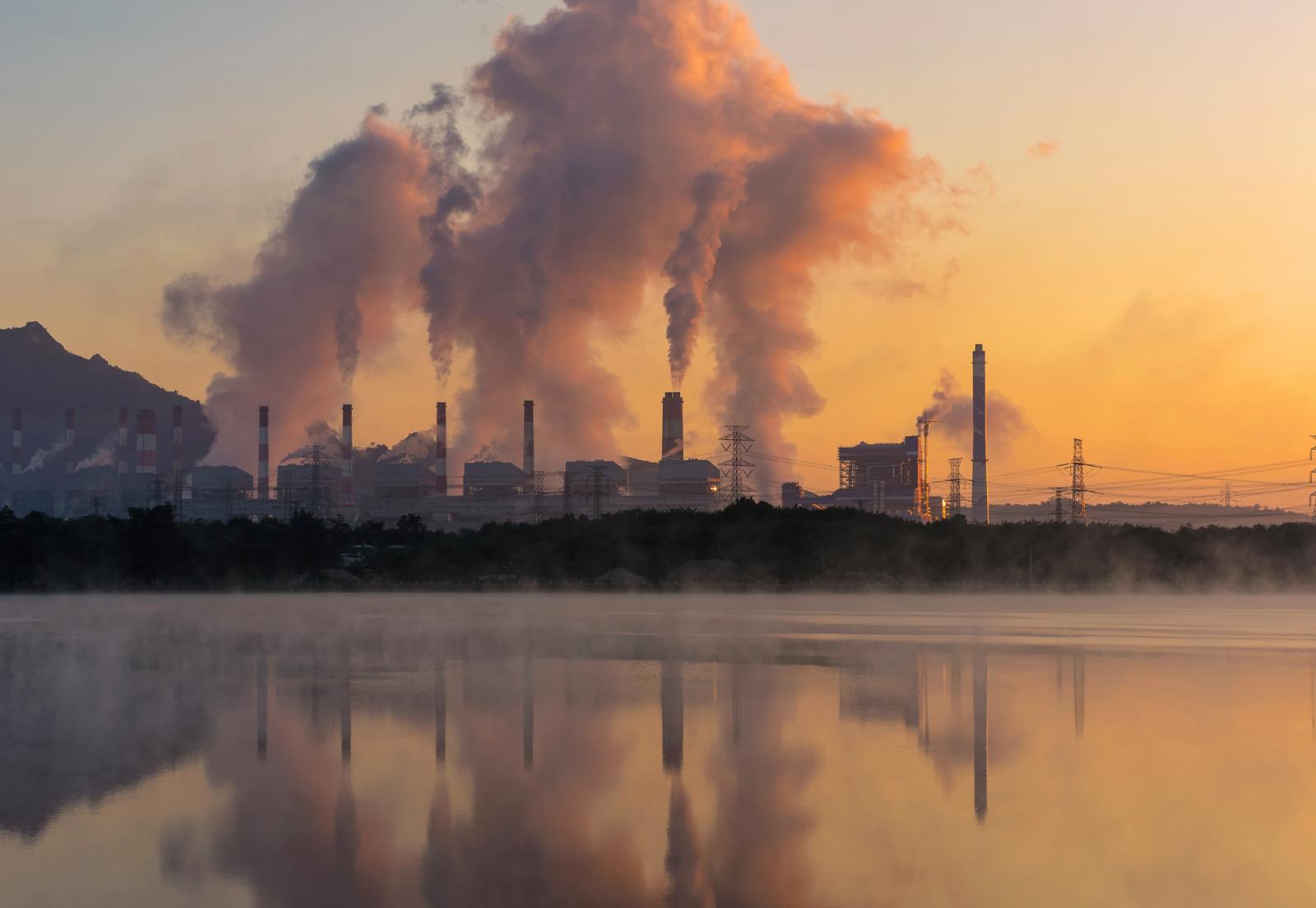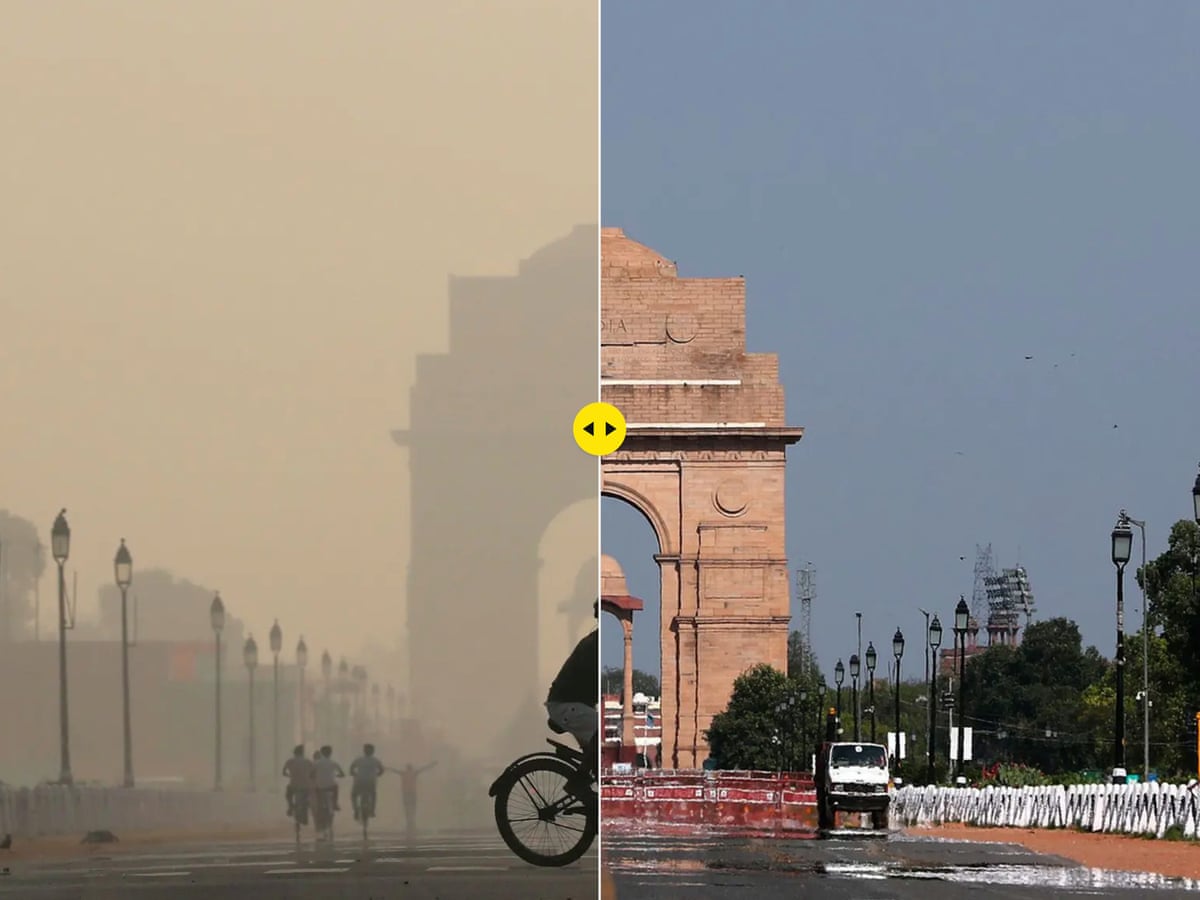Air Pollution Tax? Delhi’s Health Insurance Premiums May Spike Due To Air Quality Crisis
Indian insurers propose a 10-15% health insurance hike for Delhi residents due to rising pollution-related hospitalizations. Will this set a national precedent?

Air pollution has been an old problem in India, particularly in cities like New Delhi, Mumbai, and Kolkata. Poor air quality has had severe impacts on health, with respiratory disorders, cardiovascular complications, and chronic lung diseases gaining prominence. Indian insurance companies are thus considering whether to increase the premium for health insurance, particularly in the city with the most pollution. If approved by regulatory agencies, this step would be a first step and could set the standard for pricing health insurance premiums in the country.
Rising Health Insurance Costs Due to Pollution
Indian insurers are negotiating a 10% to 15% health insurance premium hike for residents of New Delhi. This follows a stunning surge in health claims in 2024 because of diseases caused by air pollution. Insurers have noted a rise in hospitalization cases due to respiratory ailments such as asthma, chronic obstructive pulmonary disease (COPD), and heart conditions.
Executives from leading insurance firms have acknowledged that pollution is increasingly becoming a primary factor in health insurance risk assessment. Increasing premiums requires the approval of the Insurance Regulatory and Development Authority (India). If given the green light, this pricing model could be extended to other cities with high pollution levels.
Impact of Air Pollution on Public Health
India’s capital city, New Delhi, is renowned for its nasty air, particularly in winter. The smog hits a record high due to the mixture of automobile exhausts, industrial smoke, construction dust, and stubble burned by nearby states. The air quality index tends to be hazardous; hence, Delhi is considered among the most polluted cities in the world.

In 2024, the hospitalization rate for respiratory illness in Delhi increased significantly. According to reports, hospitalization for respiratory illness was 17%- 18% during the latter half of the year, compared to 5%- 6% during the earlier half. Additionally, during the fiscal years 2023 and 2025, insurance claims about respiratory conditions increased by 8.3%.
Deteriorating air quality is closely related to the increase in instances. Research has indicated that prolonged exposure to air pollution raises the risk of lung infection, cardiovascular illness, and cancer. Insurers have made increased claims since millions were exposed and future healthcare demands were higher.
How Insurers Are Responding
Leading health insurance providers, including Star Health and ICICI Lombard, have stated that poor air quality may soon become a direct factor in determining premium rates. Bajaj Allianz General Insurance is also exploring ways to introduce new clauses addressing pollution-related health concerns.
The insurance industry is considering making policy pricing more reflective of environmental risks. A proposal is to provide location-based premium differentials, wherein cities with high pollution levels are charged higher health insurance premiums. The template would resemble how insurers adjust premiums based on hospitalization costs and demographic factors.
Regulatory Challenges and Approval Process
Insurers require approval from IRDAI to officially introduce premium adjustments based on pollution. The regulatory body requires insurers to provide substantial evidence proving that air pollution directly correlates with increased health claims.

Extensive long-term studies will be required to gather the necessary data. Insurance companies must isolate air pollution-related claims from other health issues to justify premium hikes. Regulators must also make sure that susceptible segments of society, like children, the elderly, and people with pre-existing respiratory illnesses, are not unfairly impacted by such price increases.
Financial Implications for Policyholders
One major issue facing the proposed premium increase is affordability. The per capita income of New Delhi was $5,331 in 2024, as estimated by the Delhi Statistical Handbook. Under current guidelines, a health insurance policy with a $10,000 coverage limit for a family in the city costs between $100 and $400 per year. If premiums increase by 10% to 15%, many low—and middle-income families may find health insurance unaffordable.
Individuals most affected by air pollution, such as outdoor workers and daily commuters, may struggle to pay higher premiums. Experts caution that if the premium is too high, most will drop their policy, leaving a massive financial burden when medical emergencies arise.
Public and Expert Reactions
The suggestion to raise premiums has triggered mixed reactions among the public and experts. According to many, it is unfair to make people responsible for air pollution in terms of premiums, as the leading cause of pollution is systemic drivers like industrial discharges and state policies.
Insurance experts opine that insurance companies must balance risk assessment and social duty. Others have expressed that insurers should not hike premiums but introduce policyholders to incentives that induce them to implement measures to ensure their health. For example, policyholders who use air purifiers, wear masks against pollution or undergo regular health check-ups will be offered incentives.
In the meantime, business stakeholders observe that insurance firms cannot absorb losses because of increased claim settlements following an increase in hospitalization caused by air pollution. Insurers will be forced to change their pricing strategies if hospitalization increases because of air pollution.
The Bigger Picture: India’s Air Pollution Crisis
New Delhi is not the only city struggling with pollution-related health issues. In November 2024, according to IQAir’s live rankings, it overtook Lahore as the world’s most polluted urban area. Other Indian cities, including Mumbai and Kolkata, also ranked among the 10 most polluted cities worldwide.
India’s pollution agency revealed on 18 November 2024 that Delhi’s 24-hour AQI had received 491 marks out of 500. Any rating above 400 is rated “severe” and may risk even healthy individuals’ health. This affects not only the health of the people but also contributes to the expenditure of the healthcare system.
If the insurance industry continues to raise premiums based on pollution, such policies can be applied to other large polluting urban agglomerations. This could force state governments to adopt more stringent pollution control policies so that the negative economic impacts of bad air are minimized.
Conclusion
Indian insurers’ proposal to hike health insurance premiums for the country’s growing air pollution problem is an added twist to the practice of assigning price to risk in the insurance business. The practice is of questionable economic and ethical significance as long as it would help insurers cope with the rapid rise of claims. Other haze-afflicted cities will emulate the bid and exacerbate India’s extreme air pollution.

Finally, the problem calls for combined environmental policy and public health programming. Government, industry, and individuals must work together to reduce the root determinants of air pollution and make low-cost healthcare available rather than merely downloading the burden to consumers.



